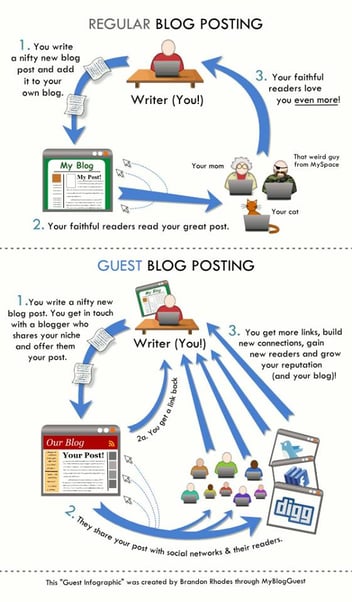
What is a topic cluster?
Topic clusters and pillar pages go hand in hand but are not the same thing. A topic cluster is, as its name indicates, a cluster of subtopics that cover a range of information that relates to a core topic. It consists of pillar content, subtopics, and different articles to support it. If you want more information about pillar pages, read HubSpot’s article here.
Why do I need a topic cluster?
You may be wondering what the point is how topic clusters will benefit your business. Search engines are constantly crawling your website. A topic cluster will indicate your authority on a topic, helping you to rank higher in search engine results. After you’ve created a cluster, a data board will appear on the “Strategy” page so you can monitor how your clusters are performing. Set a reminder for yourself to check in on the data boards so you can see if you’re results are improving over time.
How do I create a new topic cluster?
To begin, click on “Create new topic cluster.” Type in your core topic to begin, and HubSpot will automatically populate subtopic ideas. Adding subtopics allows you to gain credibility with your current and potential customers. This is important because if they find valuable content that answers their questions, then you could become their go-to source for information, and they may decide to purchase your product or service.
What are subtopics?
Subtopics are longer-tail queries, which are basically long keywords. If you need a refresher, check out this blog article about keywords. Once you add in a relevant subtopic, you’ll attach any supporting content to it that will validate your core topic.
HubSpot does a lot of the work for you as you’re building your topic cluster. As you’re adding in subtopics, it will generate some article topics that might be relevant to the topic cluster. If it isn’t relevant, click “hide” so it will go away. HubSpot will ask you why that subtopic didn’t work for your core topic; based on that answer, it will generate new subtopic ideas.
Core Topic and Subtopic Validation
Once you’ve selected a subtopic, press enter to save it. A little snippet will then pop up on the left-hand side of the page under “Subtopic validation.” This data is important because you can make adjustments to optimize your article. The information it displays includes the domain authority, monthly search volume, relevancy, and core topic similarity.
Supporting Content
When adding supporting content under your subtopic, you can attach either some of your published blog articles or external links that you find valuable. Again, this is to help build authority to your cluster. In the top right corner of your screen, there’s an “Optimization” button that you can click for tips if HubSpot thinks your cluster isn’t optimized yet. Otherwise, this button will be grayed out.
Monitor Your Data
Finished with your topic cluster? Great! Now start watching your data. Build different topic clusters that focus on different core topics in your industry. You can edit clusters at any time if they’re not performing the way you want.
If you still need some help with HubSpot, schedule a consultation with one of our team members. We’d love to help!



